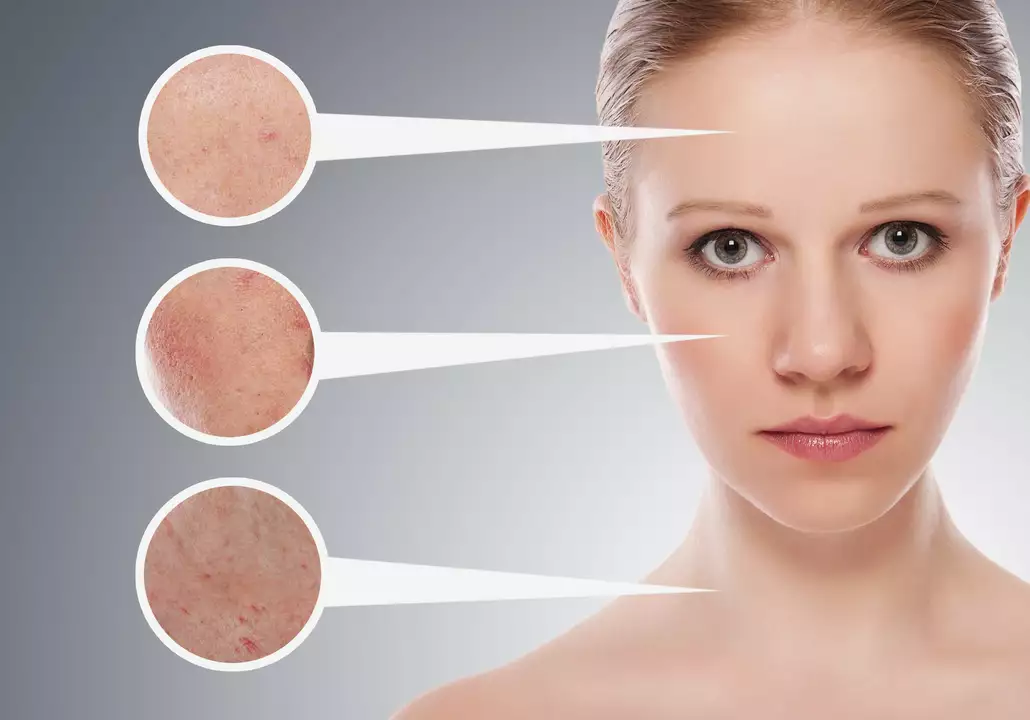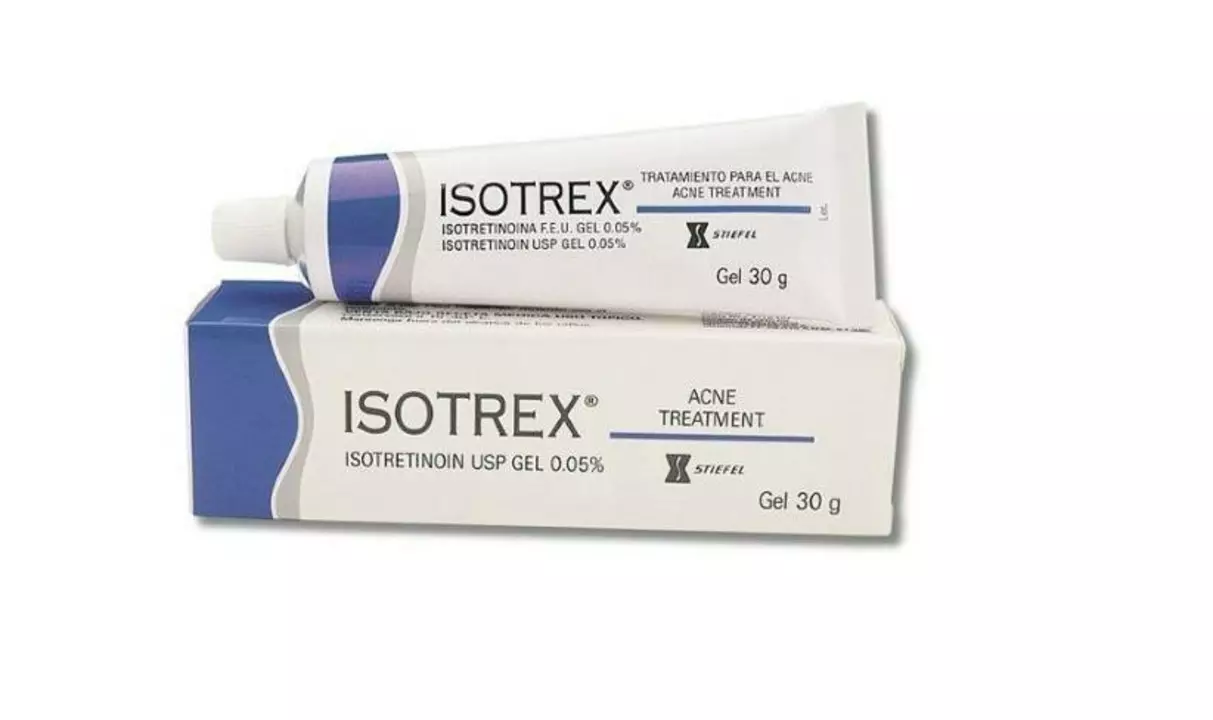Skin Care: Practical Advice on Topicals, Scaly Growths and Safe Use
Some creams are more powerful than you think. This page breaks down common topical options, explains risks from strong combination products, and gives simple steps you can use today to avoid problems and get better results.
Powerful combo creams — what they are and what to watch for
You might see products that mix hydroquinone (a lightener), mometasone (a steroid), and tretinoin (a retinoid). Those combos can work fast, but they also raise risks. Steroids can thin skin and cause rebound redness or pigment changes if used long or over large areas. Hydroquinone can irritate and should be used under guidance. Tretinoin causes irritation and peeling at first. If a cream contains a steroid plus other actives, use it only under a doctor’s care, patch test a small area, and limit how long you apply it.
Also note: potent topical steroids applied a lot or for long periods can be absorbed enough to affect your body. If you notice unusual fatigue, weight or mood changes while using strong steroid creams, tell your doctor.
Everyday topical tools: hydrocortisone and colchicine
For mild contact dermatitis or itchy rashes, over-the-counter hydrocortisone 1% is useful. Apply a thin layer twice daily for up to 7–14 days. Stop sooner if irritation starts or the rash improves. Don’t use it under bandages, and avoid long-term use on the face without medical advice.
Colchicine is not a first-line skin cream — it’s a prescription medicine used for some inflammatory skin problems. It can help certain inflammatory or autoimmune skin conditions, but it can cause stomach upset and interacts with other drugs. Only take colchicine as prescribed and report any severe side effects to your doctor.
Scaly overgrowths of skin can mean different things: psoriasis, seborrheic keratosis, or actinic keratosis (sun-related). If a scaly patch bleeds, grows quickly, hurts, or looks different from others, see a dermatologist. For routine care, keep skin moisturized, use gentle exfoliation a couple times a week, and protect skin from sun—sun damage often makes scaly spots worse.
Practical steps you can use now: patch test new products, start with low-potency steroids for short periods, read labels for steroid content, avoid mixing products unless a pro directs it, and stop anything that causes burning or worsening rash. If you buy creams online, be cautious of unregulated combination products.
Want more detail? Read our posts on these topics: Hydroquinonemometasonetretinoin and Hormonal Imbalances, The Role of Hydrocortisone in Managing Contact Dermatitis, Scaly Overgrowths of Skin, and The use of colchicine in managing dermatologic conditions. If a treatment feels risky or your skin gets worse, see a clinician—early review saves time and skin.






